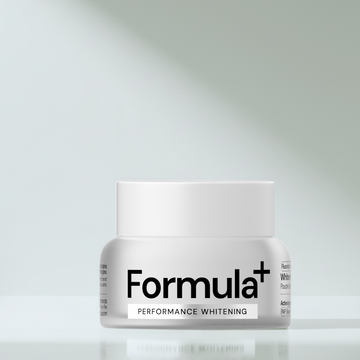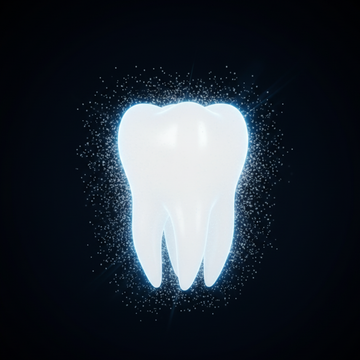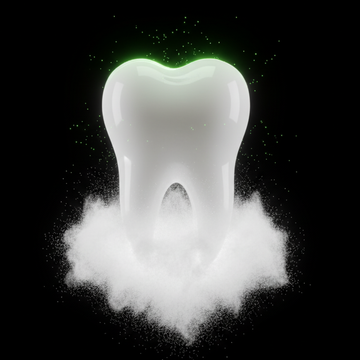The Undisputed Champion with a Caveat
For decades, fluoride has been celebrated as the gold standard in cavity prevention. Its addition to public water supplies and toothpastes is credited with a significant decrease in the prevalence of dental caries. Scientific reviews, including comprehensive analyses by the Cochrane Collaboration, confirm that using fluoride toothpaste significantly reduces cavities compared to non-fluoride alternatives. This effectiveness has made it a cornerstone of dental advice around the world.
The Mechanism: How Fluoride Protects Teeth
Fluoride works by chemically altering the structure of your tooth enamel. When fluoride is present in your mouth, its ions integrate into the enamel's crystal structure. This process creates a new compound called fluorapatite, which is harder and more resistant to the acid attacks from bacteria that cause tooth decay. This remineralization process helps to repair weakened spots on the enamel before they can turn into full-blown cavities.
The Hidden Risk: Dental Fluorosis
Despite its benefits, fluoride is not without risks, particularly for children. The most well-documented side effect of excessive fluoride intake is dental fluorosis. This condition occurs when children ingest too much fluoride while their permanent teeth are still developing (generally before 8 years of age). It results in hypomineralization of the enamel, appearing as faint white lines, spots, or in more severe cases, pitting and discoloration of the teeth. The risk of fluorosis increases with higher concentrations of fluoride in toothpaste, a significant concern as young children often have poor control over their swallowing reflex and can ingest a substantial amount of paste during brushing. This forces a difficult balance between providing enough fluoride for cavity prevention and avoiding the risk of permanent enamel defects.
Beyond the Teeth: Broader Health Concerns
More recently, concerns about fluoride have extended beyond the cosmetic issue of fluorosis. Some epidemiological studies have suggested that fluoride may be a "human developmental neurotoxicant" that could potentially reduce measures of intelligence in children, placing it in the same category as other toxins like lead and arsenic. Furthermore, fluoride has a known risk of acute toxicity if ingested in large quantities. While rare, accidental mass poisonings have occurred, and even non-lethal overdoses can cause significant gastrointestinal distress, vomiting, and nausea.
This presents a clear paradox. The public health model has long promoted fluoride as a universal good, accepting a certain level of risk (like mild fluorosis) as a necessary trade-off for reducing cavities across the entire population. However, for the health-conscious individual seeking to optimize their well-being and minimize exposure to potentially harmful chemicals, this one-size-fits-all compromise may no longer be acceptable. The question then becomes: is there a way to achieve the same or better cavity prevention without accepting these risks?











